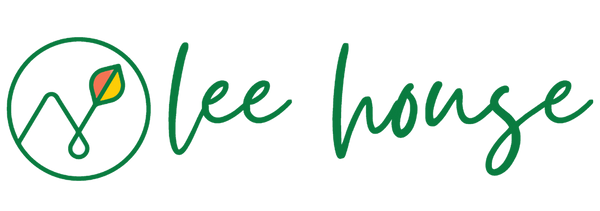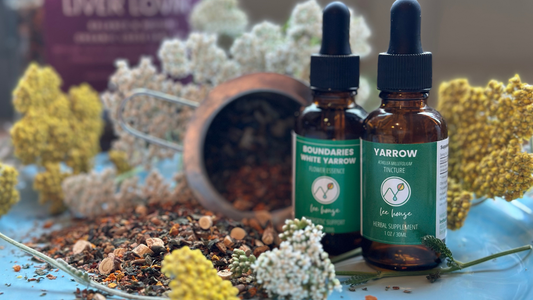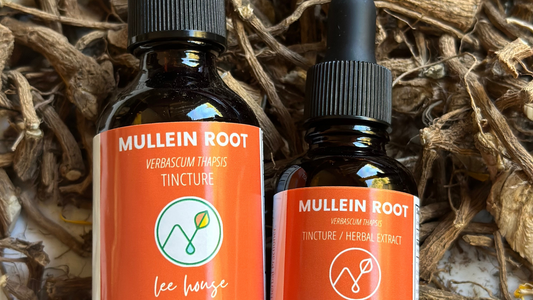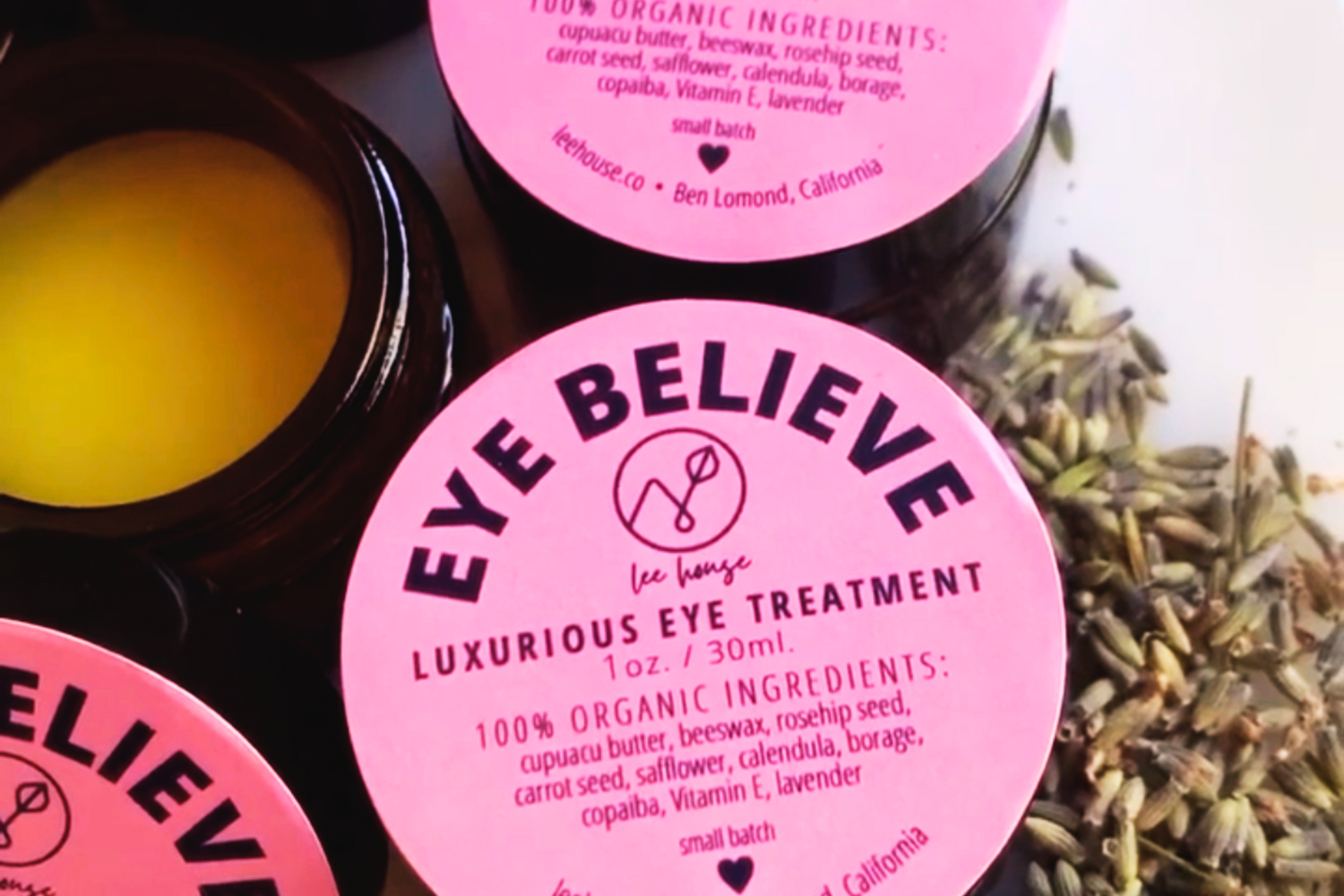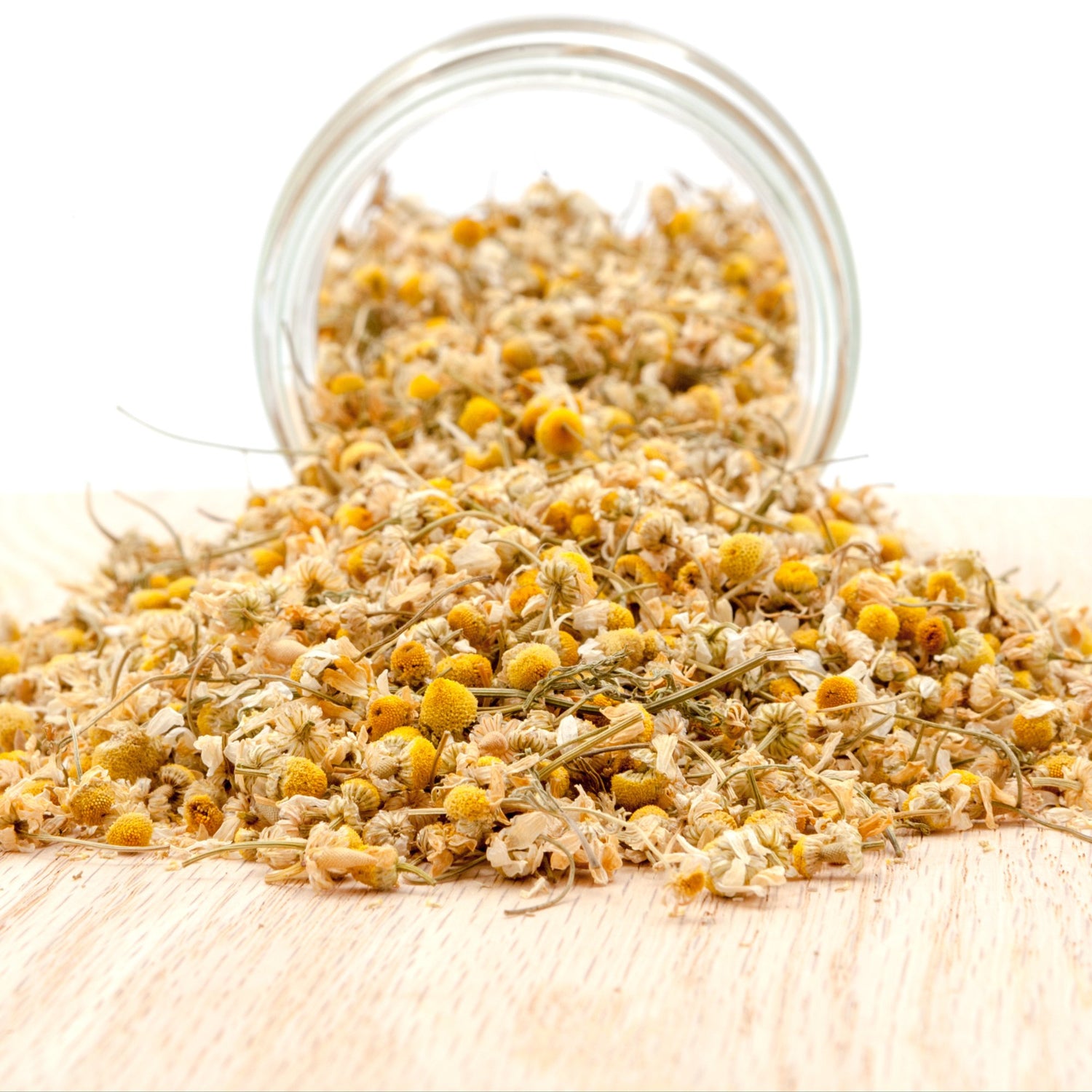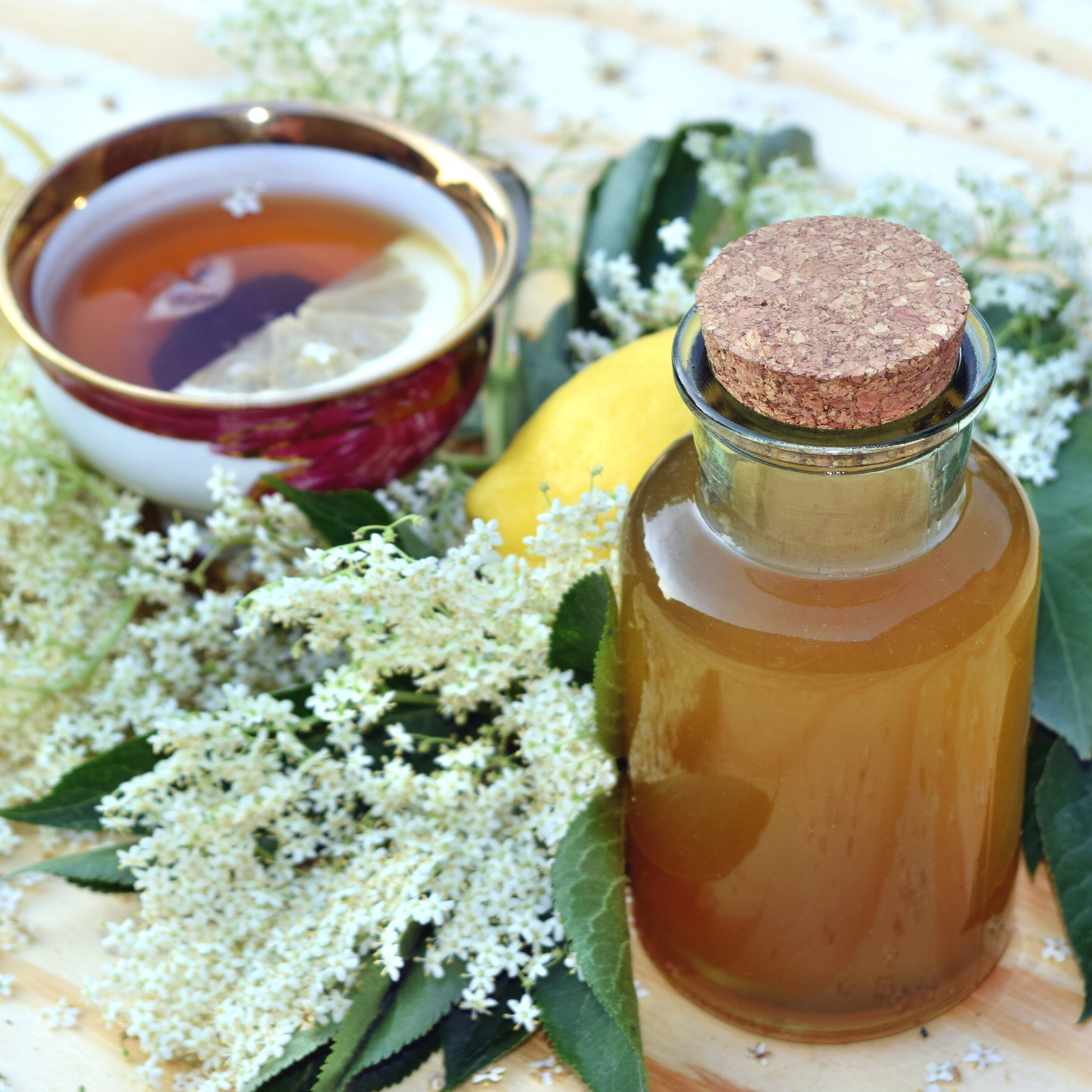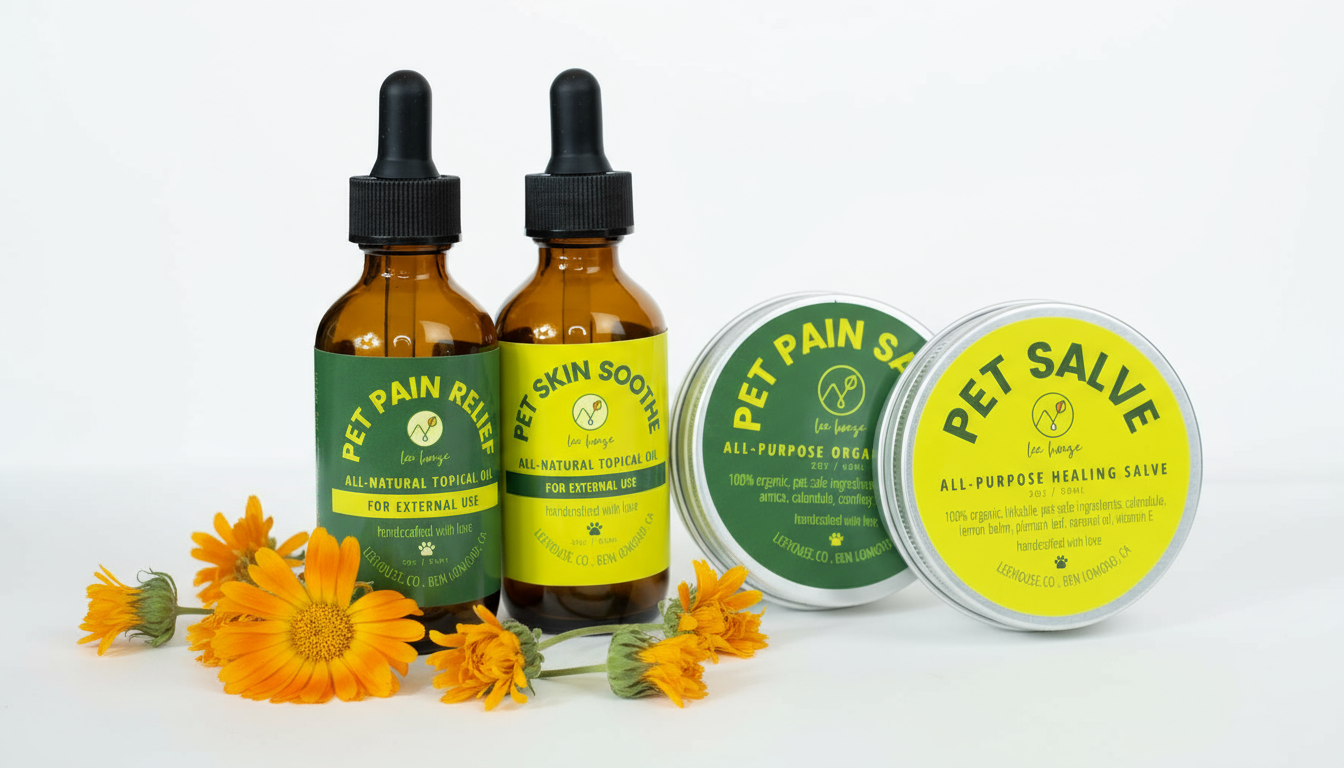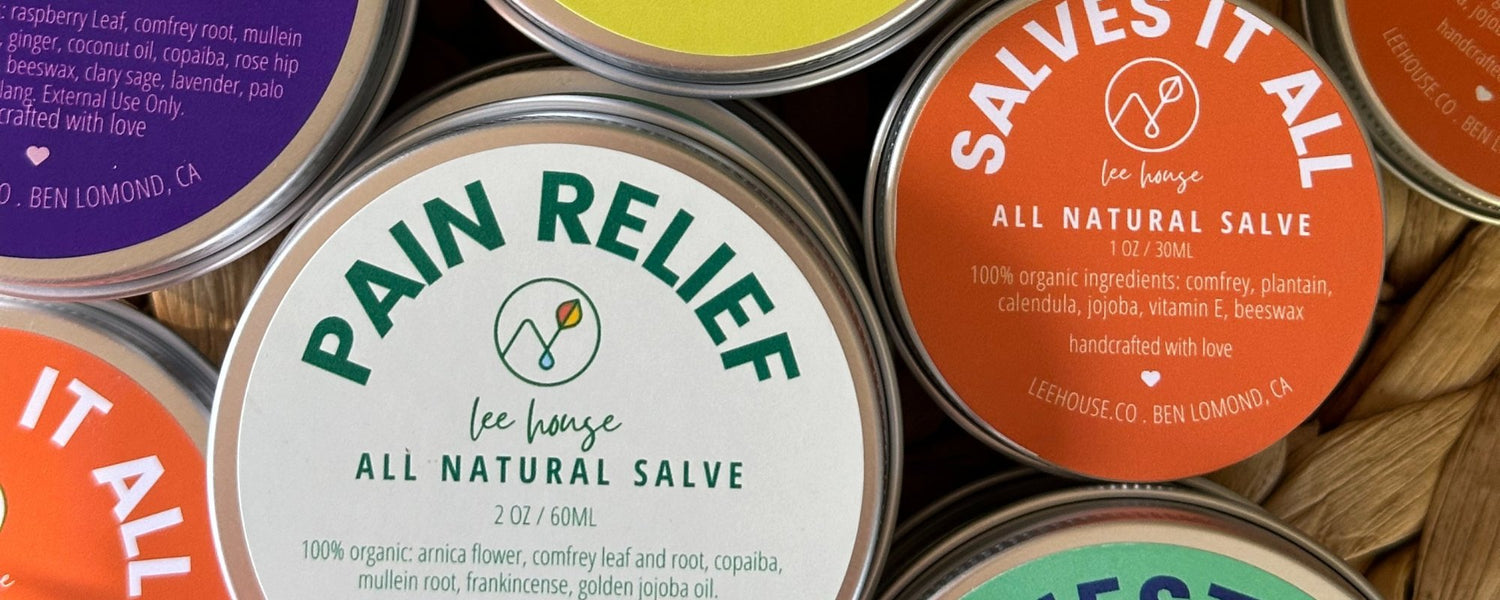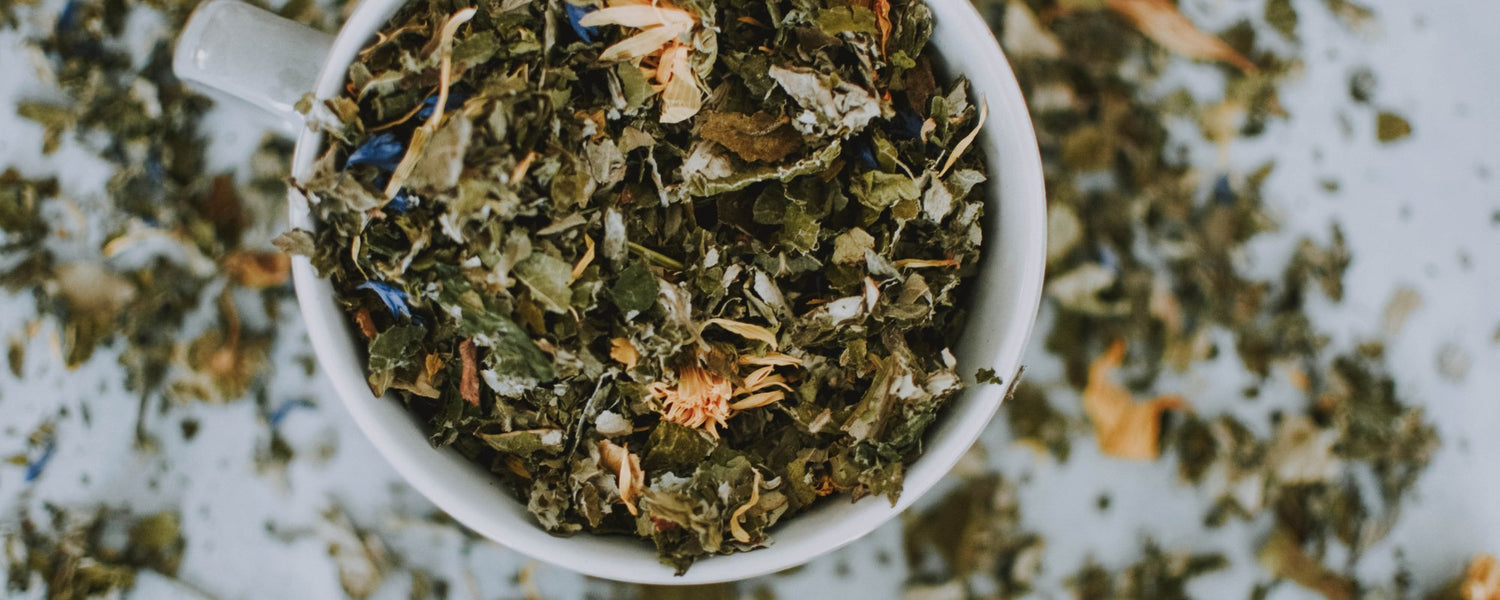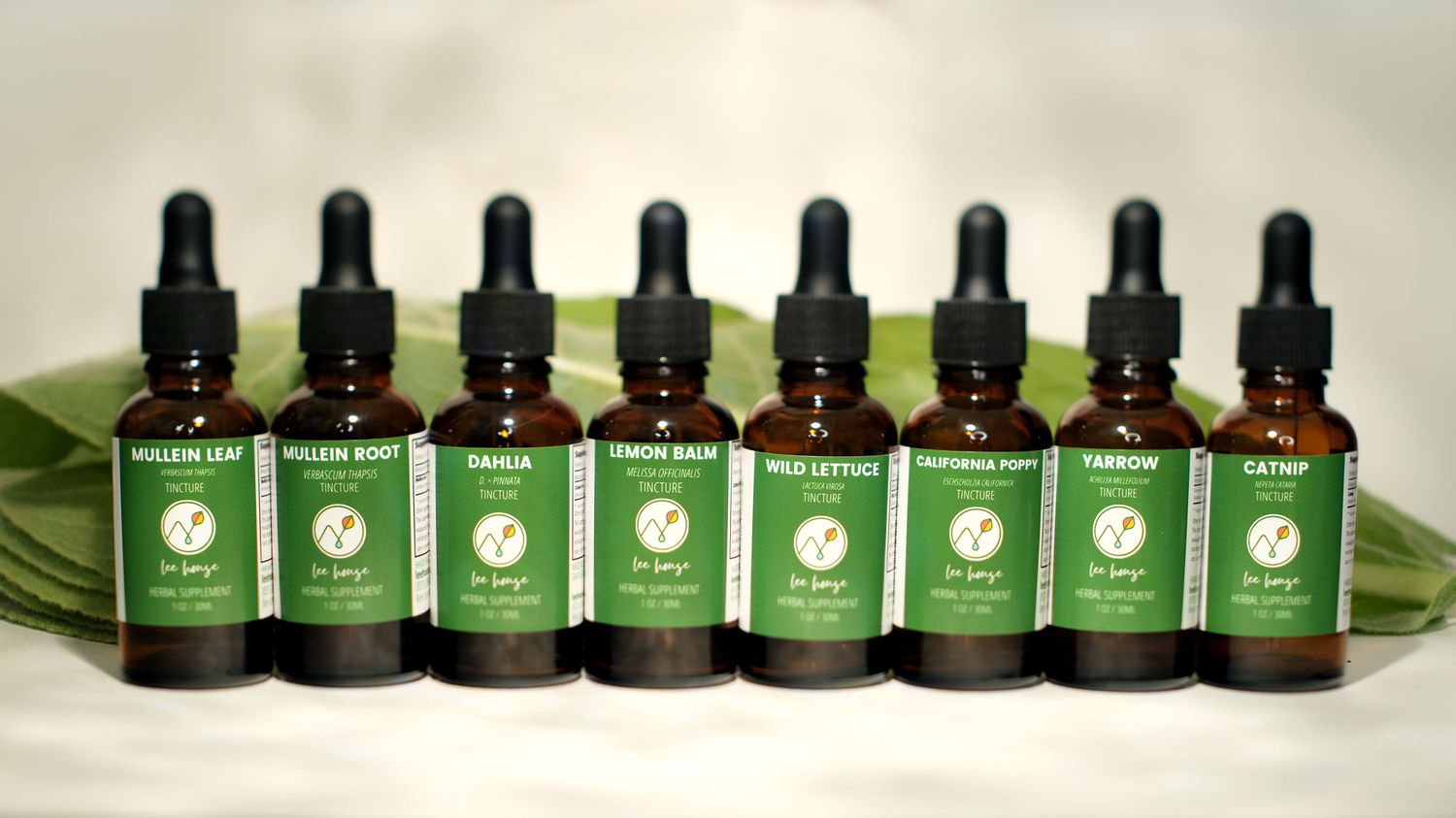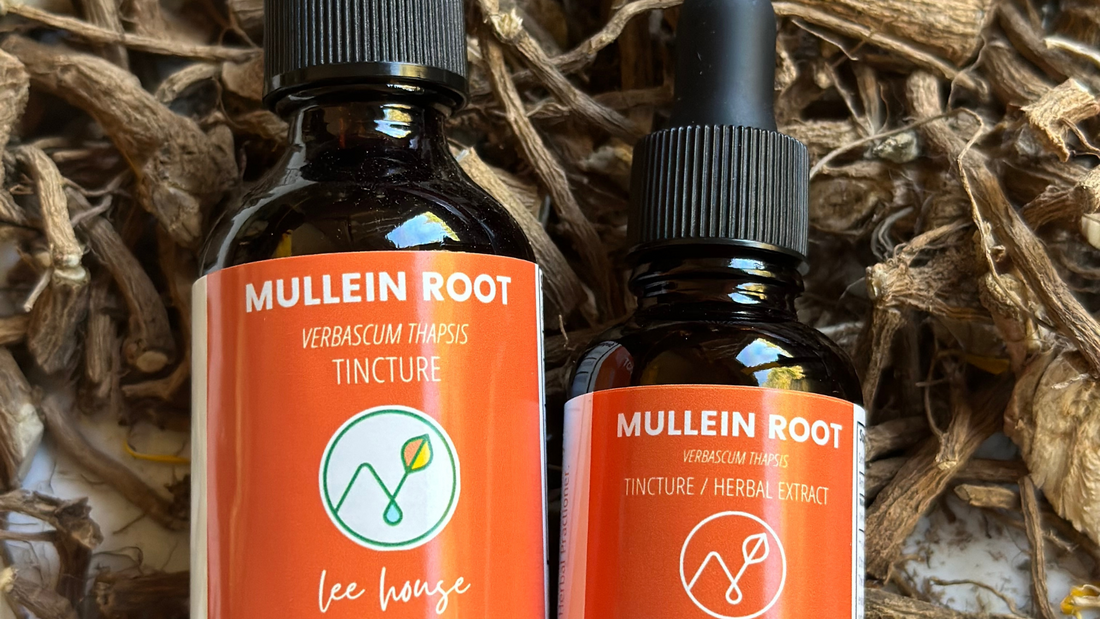
Benefits of Mullein Root
Share
Mullein Root: How This Ancient Plant Supports Your Spine, Nerves, and More
Mullein Root is a gentle yet powerful natural support traditionally used for back pain, nerve inflammation, and spinal alignment. Its ability to lubricate joints, calm irritated tissues, and ease muscular and skeletal tension makes it a standout for anyone seeking grounded, plant-based support.
What Is Mullein Root?
Mullein (Verbascum thapsus) is a tall, soft-leaved plant known for its towering yellow flower stalks and historical use across Europe and North America. While the leaves are most often used in teas for respiratory health, the root holds a different kind of magic—particularly for the spine, joints, and nervous system.
Herbalists like Matthew Wood and Jim McDonald have praised Mullein Root for its ability to lubricate connective tissue, support joint flexibility, and calm inflamed or impinged nerves. It's a unique plant in that it acts as a restorative moistener to dry, rigid tissues—especially those of the spine, pelvis, and nervous system.

What Is Mullein Root Traditionally Used For?
Mullein root (Verbascum thapsus) has a long-standing presence in folk herbalism. While the soft leaves and yellow flowers are more commonly used in teas and oils, the root is a lesser-known treasure with unique qualities.
Mullein Root is often used for:
- Lower back pain
- Sciatica and nerve-related discomfort
- Spinal dryness or compression
- TMJ (jaw tension) and trigeminal neuralgia
- Recovery from injury or physical trauma
- Urinary or reproductive imbalances linked to pelvic tension
This moistening action is especially beneficial for those who run dry—whether constitutionally or due to age, injury, or chronic inflammation. It offers a natural alternative to conventional pain relief by supporting healing and alignment at the root level, rather than simply masking symptoms.
Structural and Nervous System Support
According to herbalist Matthew Wood, mullein root is considered a remedy for alignment—supporting the spine, bones, bladder, and energetic structure of the body. He describes it as a plant that helps people “stand tall” both physically and emotionally (The Earthwise Herbal).
Herbalist Jim McDonald similarly teaches that mullein root acts as a nourishing, grounding, and stabilizing tonic, especially where lower back support or nervous system exhaustion is present. He notes that its gentle action is especially helpful for people who “carry the weight of the world in their lower backs.”
Lung and Breath Clearing
Mullein root is also used in traditional herbalism to support the deeper parts of the lungs—offering grounding where breath feels tight, constricted, or trapped lower in the body. Its action connects the root of the body to the rhythm of the breath.
Urinary and Reproductive System Support
In addition to its structural and respiratory benefits, mullein root has a long tradition of use for urinary tract and reproductive system support.
-
-
Its astringent, anti-inflammatory, and antibacterial properties make it a go-to for supporting bladder tone, UTIs, and pelvic stagnation.
-
It is often referenced as a helpful herb for prostate support in men and menstrual and menopausal balance in women.
-
Some herbalists incorporate it into protocols for PCOS, thanks to its tonifying and clearing actions.
-
Its astringent, anti-inflammatory, and antibacterial properties make it a go-to for supporting bladder tone, UTIs, and pelvic stagnation.
When there's bloating, pressure, or discomfort in the pelvic region—especially with a feeling of congestion or sluggishness—mullein root can offer deep, subtle relief.
How Mullein Root Works
The core action of Mullein Root is lubrication:
- It helps release synovial fluid into joints.
- It softens spinal rigidity.
- It soothes pinched or irritated nerves, particularly in the lower back.
- It supports structural alignment by relieving internal tension.
Its moistening action is especially beneficial for those who run dry—whether constitutionally or due to age, injury, or chronic inflammation. It offers a natural alternative to conventional pain relief by supporting healing and alignment at the root level, rather than simply masking symptoms.

Mullein’s Doctrine of Signatures
The whole plant mirrors the human body.
According to the doctrine of signatures, which suggests that the structure of a plant reflects its healing purpose, mullein is one of the clearest examples. The root system resembles the pelvic region—including the lower intestines, urinary tract, and reproductive organs. The way it branches echoes the legs. The leaf base and root neck resemble the waist, and the broad, fuzzy basal leaves reflect the bottom of the lungs. Rising through the center is the tall flower spike—glowing gold like the crown, face, and heart. Bendable but never breaking. The stalk is thick with water and nutrients.
It’s not just a plant—it’s a mirror of the body in herbal form. Its signature is rooted resilience. Flow with ease. Deep, penetrating healing.
Discover our collection of Mullein offerings.
Energetics of Mullein Root
Mullein embodies both softness and strength—velvety and upright, soothing yet resilient. Its energetic signature is fluid yet firm: a plant that restores motion where there is tightness, and integrity where there is slack.
From an energetic perspective, Mullein Root supports:
- Alignment of structure (spine, bones, joints)
- Flow within strength
- Release of stuck or congested energy, both physical and emotional
Emotionally, Mullein Root helps those who feel burdened or compressed by life. It’s often described as opening the mind like a “breeze on a fresh spring day.” It brings a sense of internal spaciousness and grounded presence.
Can You Use Mullein Leaf and Root Together?
Yes—Mullein Leaf and Root work beautifully in tandem:
- The leaf is traditionally used for respiratory support, easing dry or tickly coughs, opening the lungs, and toning mucous membranes.
- The root supports structural and nervous system alignment, easing pain and rigidity in the back, spine, and pelvis.
Used together, they offer a whole-body moistening, relaxing, and restoring effect—especially when paired as:
- Mullein Leaf tea (like our Breathe Tea)
- Mullein Root tincture
This pairing is ideal for anyone navigating chronic tension, old injuries, or nervous system exhaustion—and may help regulate the breath-body connection while calming the nervous system.
How We Use Mullein Root
At LeeHouse, we include Mullein Root in:
-
Our Pain Relief Salve, where it works synergistically with other herbs to support the body topically
-
Our Mullein Root Tincture, as a stand-alone extract for daily use
Many customers pair it with:
-
Wild Lettuce Tincture when they need deeper support for rest or discomfort
-
Matador Muscle Salve for topical muscle care
And we always keep a bottle on hand when things feel out of balance or perhaps we worked a little too hard in the garden. I have a recurring lower spine injury—an old surfing strain that flares up when I’ve overdone it in the garden, at my desk, or just… life. When it happens, Mullein Root is the first thing I reach for. It doesn’t just take the edge off—it helps me feel supported, spacious, and back in alignment, like my body can breathe again.
Mullein Flower Essence
In flower essence form, Mullein shines in a whole new way.
We call our essence Shine Your Light, and it came through during a powerful harvest moment under the summer sun. That tall, glowing stalk of flowers reminds us: stand tall, be seen, and let your truth shine.
Energetically, Mullein offers:
-
Support for finding your voice
-
Alignment with truth and inner light
-
Navigating shadows or confusion, healing inner child work
We often recommend it for times of self-doubt, transformation, or when stepping into new visibility.
Explore Shine Your Light Essence →
How to Use Mullein Root Extract
Use daily or as needed:
- For lower back tension, sciatica, or spinal nerve discomfort
- During recovery from injury or trauma to the joints, spine, or pelvis
- To support fluidity in joints and movement
- As a grounding support during times of mental stress or physical rigidity
Suggested Use: 1–2 droppers in a splash of water or tea, 1–3x daily, or as advised by your herbalist.
Mullein Root FAQ
What does mullein root do for the body?
Mullein root is traditionally used to support spinal alignment, lower back and pelvic tone, nervous system grounding, breath rhythm, urinary tract health, and the deeper parts of the lungs.
Can you take mullein root every day?
Yes—many people use it daily as a gentle tonic. Always check with your healthcare provider before starting a new herbal protocol.
What’s the difference between mullein root and mullein leaf?
Mullein leaf is commonly used for the upper lungs—especially for coughs, smoking, or irritation. Mullein root works deeper: supporting the spine, bladder, breath rhythm, and pelvic organs.
Is mullein root good for urinary or reproductive issues?
Yes. Thanks to its toning, anti-inflammatory, and antibacterial actions, mullein root is often used for UTIs, bladder discomfort, prostate support, and reproductive balance in both men and women.
What are the energetic or emotional benefits of mullein root?
Energetically, mullein root is deeply grounding and stabilizing. It helps people feel safe, supported, and strong—especially during stress, depletion, or overwhelm.
What about mullein flower essence?
Mullein flower essence is used to support courage, clarity, and inner light. It's ideal for people stepping into visibility, truth, or new phases of life.
Final Thoughts
Mullein Root is a quiet powerhouse—a plant for the backbone of your being. Whether you’re sitting too long, healing old injuries, or feeling energetically misaligned, this herb offers a kind of subtle recalibration that meets you at your core.
If you’ve tried everything and nothing helps your lower back, your nerve pain, or your deep internal tension—try Mullein Root. It’s the root we reach for when we need strength, softness, and support all at once.
References & Reading
-
Wood, Matthew. The Earthwise Herbal: A Complete Guide to Old World Medicinal Plants. North Atlantic Books, 2008.
-
McDonald, Jim. Herbcraft: Writings and Monographs on Traditional Western Herbalism. herbcraft.org
-
Turker, A. U. & Gurel, E. (2005). "Common mullein (Verbascum thapsus L.): Recent advances in research." Phytotherapy Research, 19(9), 733–739.
-
Sener, A. & Dulger, B. (2009). "Antimicrobial activity of the leaves of Verbascum sinuatum L. on microorganisms isolated from urinary tract infection." African Journal of Microbiology Research, 3(11), 778–781.
-
Riaz, M., Zia-Ul-Haq, M. & Jaafar, H. Z. (2013). "Common mullein: pharmacological and chemical aspects." Revista Brasileira de Farmacognosia, 23(6), 948–959.
-
Andón, M. T., et al. (2021). "Ethnobotanical and ethnopharmacological study of medicinal plants used in the treatment of musculoskeletal and nervous system disorders." Biology (Basel), 10(8). PMC8301161
-
Turker, A. U., & Camper, N. D. (2005). "Biological activity of common mullein, a medicinal plant." Phytotherapy Research, 19(9), 746–749.
-
Hoffmann, David. The Herbal Handbook: A User’s Guide to Medical Herbalism. Inner Traditions, 2002.
-
Sinadinos, Christa. “Mullein Leaf, Flower & Root.” The Forager’s Path. theforagerspath.com
-
Cheryl’s Herbs. “Mullein: Herbal Information Sheet.” cherylsherbs.com
